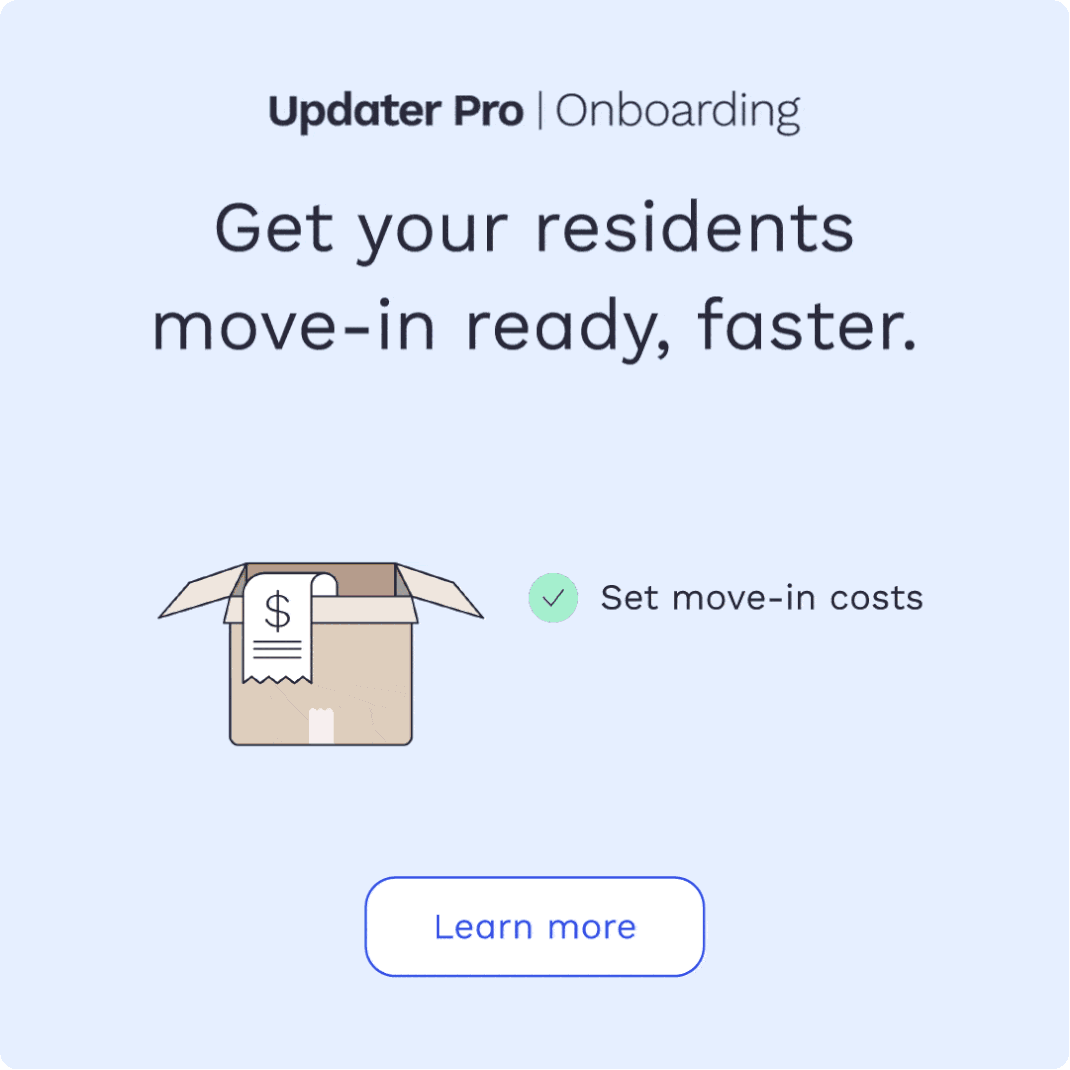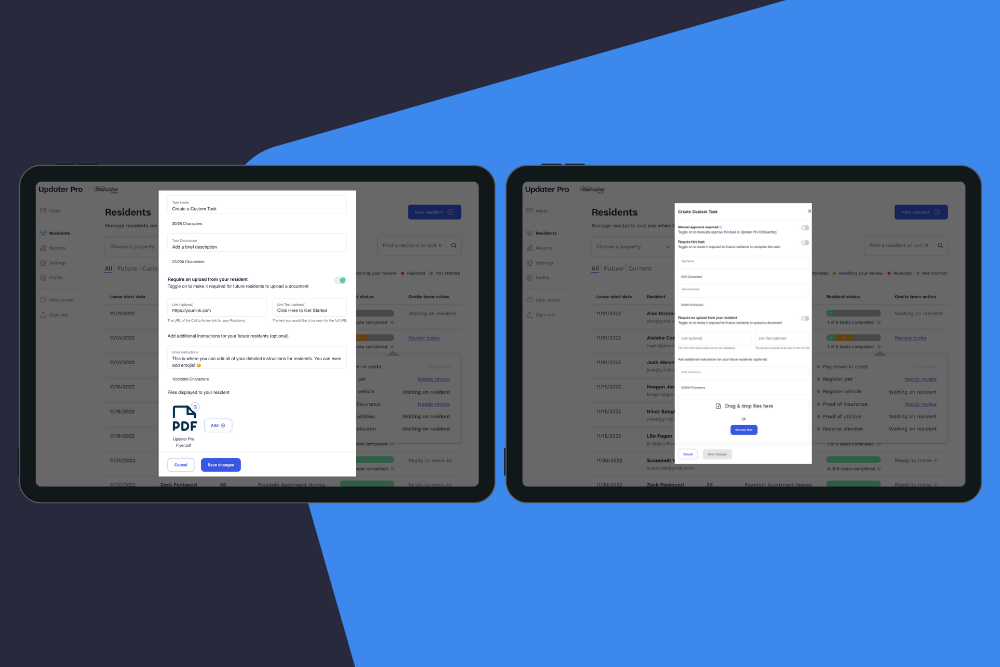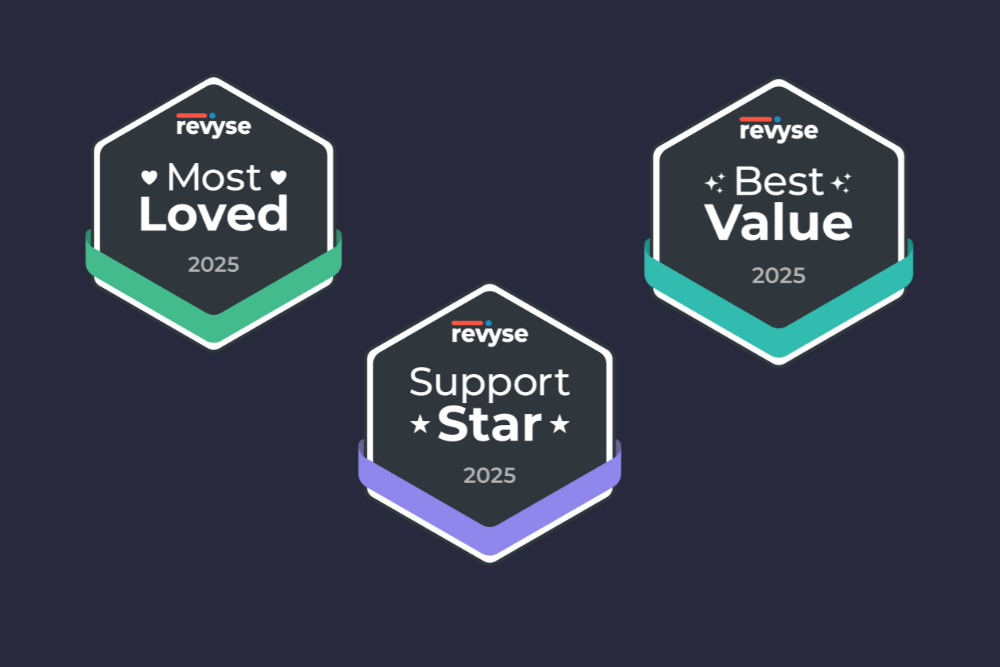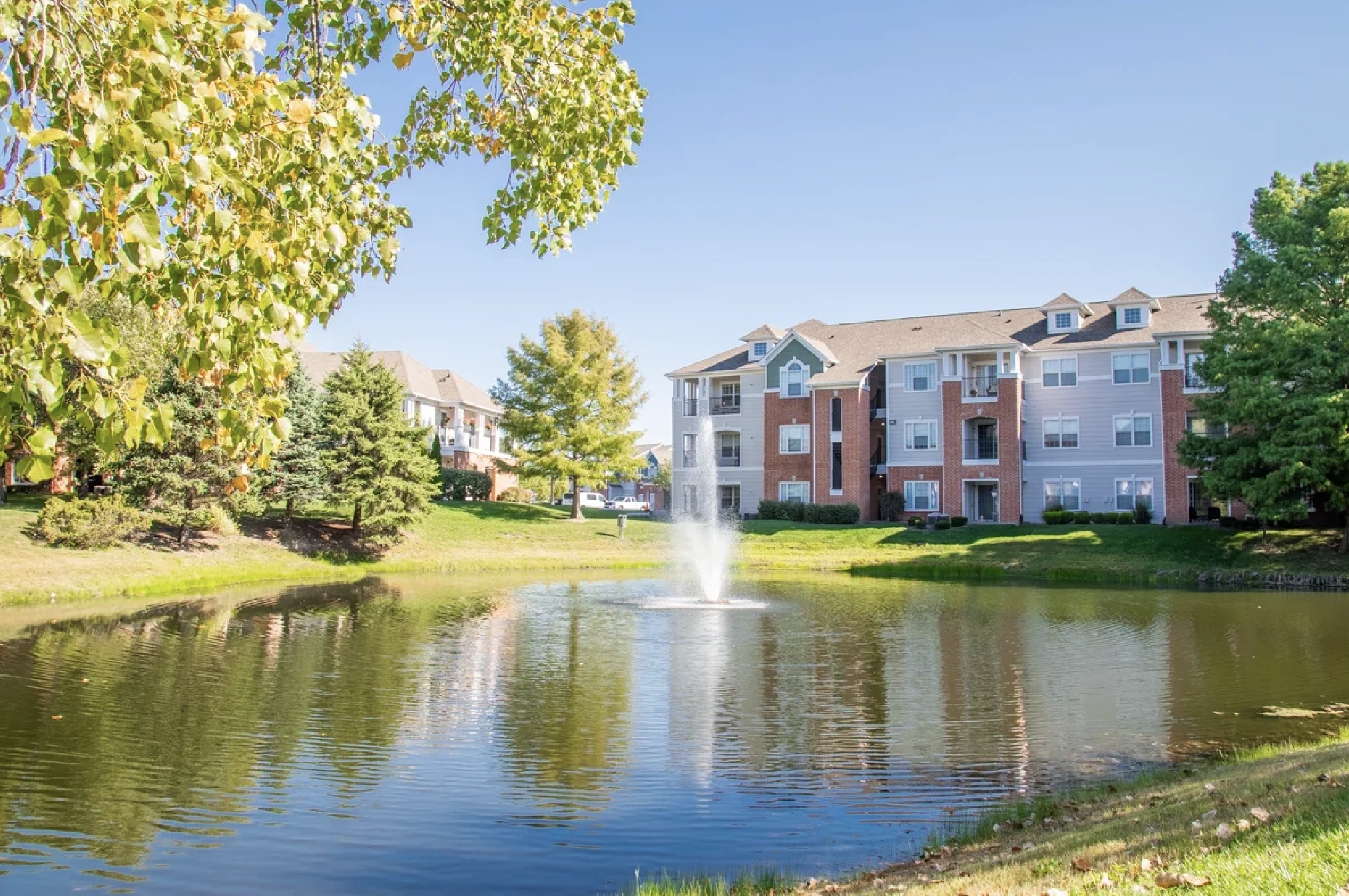When, Why, and How to Best Survey Your Residents

Property management companies want to deliver the best possible resident experience — from move-in to move-out… and beyond. The act of onboarding your residents — the application process, acquainting them with their new home — is a lot like onboarding at a job. The days leading up to move-in matter, just as the 30 or so days that follow do too. They set the tone for the rest of the experience at your property.
But how do you know what areas, facilities, or offerings need to be improved? And how do you know what you’re getting right? You survey the people who live there — your residents! A simple pulse check from time to time can help your community feel more involved, better understood, and even save you time and money on the wrong areas of improvement. Here’s a helpful guide to knowing when, why, and how to survey your residents without making them feel over-surveyed or ignored.
How and when to survey your residents
While most employees expect (or dread) the archaic year-end performance review, property managers shouldn’t expect the same. Asking residents for feedback once a year is a recipe for disappointment and delayed gratification… on both sides.

There are several great ways to ask residents for more timely, efficient feedback, such as:
-
Physical comment cards — in the lobby and common areas like the laundry room, and/or following resident events (such as a holiday party).
-
Using customer experience and feedback management software like Medallia.
-
Sending out periodic surveys using a customizable questionnaire platform like SurveyMonkey.
-
Housing a custom-built survey on your property’s website and/or resident portal.
It’s important to get feedback at exactly the right moments along the resident journey; better still to do it in a way that invites residents to provide their opinion through whichever channel they most prefer — be it email, property website, or physical comment card. You also want to avoid surveying residents so infrequently (e.g., once a year) that it feels meaningless to them.
Don’t just ask questions; listen to the answers
People only feel over-surveyed if there’s no evidence that something is being done with their hard-won feedback. Say you send out a monthly survey and the same resident gives the on-site gym equipment a one out of 5 (one being the worst) for three straight months; and in the comments, they write that all of the ellipticals are broken. The good news is that you have the the reasoning behind the low rating. But maybe you just haven’t put the time, energy, or funds into fixing the equipment yet.

And still… every month, your survey poses the same question. When next month’s survey rolls around, what’s the incentive for that dissatisfied resident to provide further feedback? Residents want to feel listened to, prioritized, and validated. Whenever possible, provide a response (especially to repeat concerns) so that there’s an even exchange happening, and so that residents don’t feel alienated.
How to market positive changes to your residents
On the other hand, when you resolve an issue or make an improvement to the property, how do you inform residents? If you finally fix those ellipticals — or if you do so in record time — you want to shout it from the recently renovated rooftops! There are a few ways to do this:
-
An email newsletter. These can go out as frequently as you’d like. (We recommend at least once a month, if you choose to go this route.)
-
Text alerts residents can opt into from the resident portal on your property website.
-
A brochure with timely information (e.g., upcoming events, recent renovations, planned improvements, etc.) placed in the lobby and/or in common areas.
-
A message board in the lobby. If you already have a place for residents and local businesses to advertise services or events in your building, it’s easy to post information about recent building changes there too.

It’s the same “if a tree falls in the woods…” logic. If you make great improvements around your property but don’t adequately spread the word, did the improvements really take place?
A winning resident survey process has 4 parts: Doing so frequently, with clear intent, and with the means to interpret and act on the feedback. and finally, showcasing improvements and updates to your residents.
More Industry Insights

Five leadership lessons multifamily can steal from sales (courtesy of Kevin Ducey’s conversation with Tony Sousa)
15 December 2025

What great sales leadership can teach multifamily about resident satisfaction
15 December 2025












